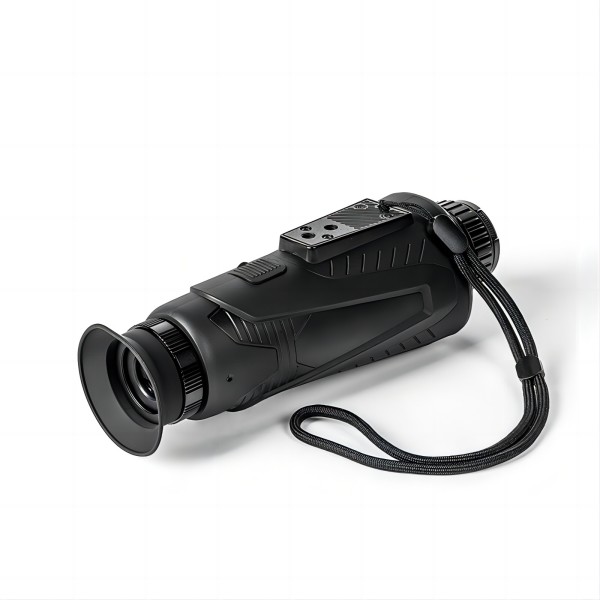Principle of Outdoor Thermographic Telescope
2024-05-20
The principle of outdoor thermographic telescopes is to use infrared thermal imaging technology to detect and identify the temperature distribution of target objects. Specifically, this telescope captures infrared radiation (i.e. thermal radiation) emitted by the target object through its built-in infrared detector (commonly called thermal imaging detector or infrared imaging sensor). Infrared radiation is generated by the thermal motion of molecules inside the object, and objects of different temperatures emit infrared radiation of different intensities and wavelengths.
The infrared detector converts the received infrared radiation into electrical signals, and converts these electrical signals into visible thermal images through complex image processing and display technology. These thermal images represent the temperature distribution of the target object in different colors or grayscale levels, allowing users to intuitively see the thermal characteristics of the target object.
The advantage of outdoor thermographic telescopes is that they can work at night or in low light environments, because infrared radiation does not depend on visible light, so it is not limited by light conditions. In addition, due to the different infrared radiation characteristics of different objects, outdoor thermographic telescopes can distinguish different types of targets, such as humans, animals, vehicles, etc., and quickly locate targets in complex environments.
In outdoor applications, core components such as magnification and coating of outdoor thermographic telescopes have an important impact on their performance. The magnification determines the magnification of the telescope, while the coating can improve the light transmittance and anti-reflection performance of the telescope, thereby improving the clarity and contrast of the image. In addition, weather conditions and target size will also affect the observation effect of outdoor thermographic telescopes.
In short, the principle of outdoor thermographic telescopes is to use infrared thermal imaging technology to capture and identify the temperature distribution of the target object, and convert it into a visible thermal image through image processing and display technology, so as to achieve target detection and identification at night or in low light environments.


